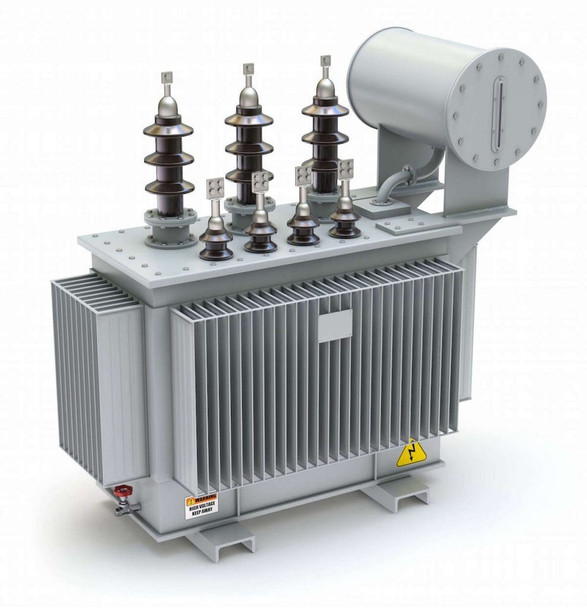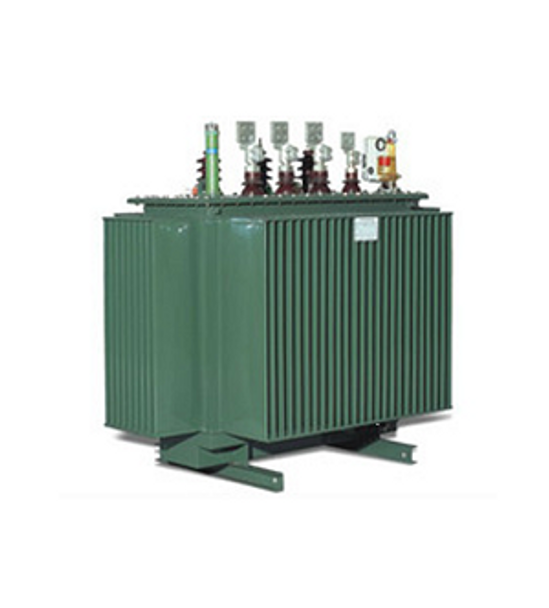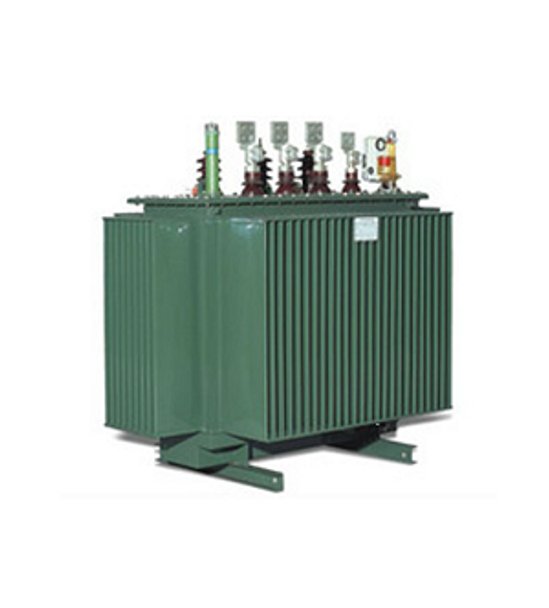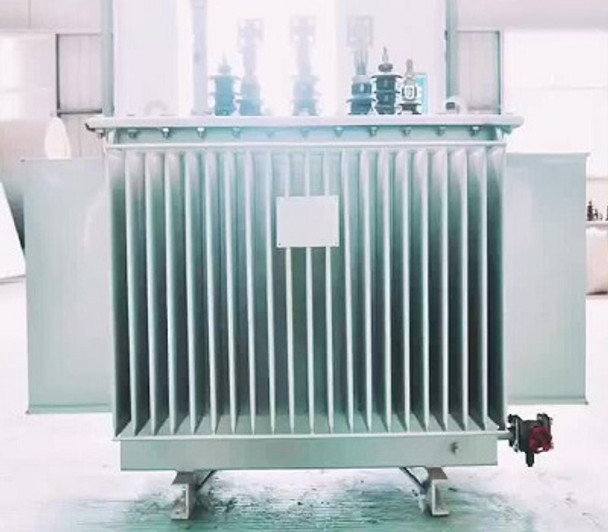How do power transformers work?
There are various types of transformer used in the electrical power system for different purposes, like generation, distribution, transmission and utilization of electrical power. The power transformer is one of them and it is very vital in the transmission process.
The power transformers are used in the transmission networks of higher voltages. They are larger in size and are rated as follows 400 KV, 200 KV, 110 KV, 66 KV, 33 KV. They are mainly rated above 200 MVA.
Power transformers are mainly installed at the generating stations and transmission substations. They are designed for maximum efficiency of 100%. At a very high voltage, the power cannot be distributed to the consumer directly, so the power is stepped down to the desired level with the help of step-down power transformer.
The applications of the power transformer include the transmission and distribution of electrical power. These transformers are widely used by power plants, industrial plants, and traditional electric utility companies due to their diverse capabilities such as transforms a system of alternating voltage and current into another system of voltage and current usually of different values and at the same frequency for the purpose of transmitting electrical power
Power Transformer 100KVA 33/0.415KV
What is Power transformer
As mentioned above, Power Transformer is installed at various power stations for generation and transmission of power. It acts as a step-up or a step-down transformer for increasing and decreasing the level of voltages as per the requirement, and it’s also used as an interconnection between two power stations. If the power transformer is connected in the transmission network, the load fluctuation will be very less as they are not connected at the consumer end directly, but if connected to the distribution network there will be fluctuations in the load.
The transformer is loaded for 24 hours at the transmission station, thus, the core and copper loss will occur for the whole day. The power transformer is cost-effective when the power is generated at low voltage levels. If the level of voltage is raised, then the current of the power transformer is reduced, resulting in I2R losses and the voltage regulation is also increased.
Furthermore, the power transformers are comprised of an electromagnetic core and a coil wrapper, and modifies the voltage and current of the electric power that flows through it. In other words, a power transformer can either increase or decrease the level of voltage or current in an AC circuit.
Power Transformer ABB 50KVA 11.00/0.415KV
Ways in which power transformer works
- Power Transformers are designed to utilize the core for maximum and will operate near to the saturation point of the B-H curve, which helps to bring down the mass of core
- Power transformers always operate at rated full load as the load fluctuation is very less
- It saves at step up and step down of voltage
- Power transformers work in higher flux density.
- The power transformers are designed for maximum efficiency of 100%, and the efficiency is simply calculated by the ratio of output power to the input power
Power Transformer ABB 50KVA 11.00/0.415KV
The need for a power transformer
Power transformers are the need of the hour for every residential, industries and commercial building. Following are the few points and not all it:
- Loss of power is minimized with power transformers, due to its operations which are rated at 100% efficiency.
- Power transformers can be used in power distribution systems, because of its reliability to work non-stop, it works continuously non-stop, 24hr a day, round the clock without a break at maximum load capacity.
- Power transformer is needed in an emergency state because of its time independent nature. It does not have any starting time, it starts work once installed.
- Power transformers reduce the resistance on the line by increasing the voltage of the current during the transmission process.
One of the important and commonly used transformers is Power transformer. It is very widely used for stepping up and stepping down the voltage at the electrical power generating station and distribution station (or substation) respectively.
Power Transformer ABB 300KVA 11.0/415KV
Factors to consider in Power transformer
From the above mentioned needs, you have to consider the following why making your choice:
- Efficiency
- Reliability
- Maximum rating of usage
- Operating condition
- Type of network (transmission)
Power transformers are must in the modern world whether it is to light up our homes or keep the refrigerator working, the modern world needs a continuous and safe flow of electricity into residential or commercial establishments. Without the use of power transformers, power generated in the power stations would be insufficient for the entire city. Power transformers play an important role in regulating and ensuring the flow of electricity in our everyday life.
We are here for you if you are searching for reliable and efficient power transformers. Contact us at GZ Industrial supplies.
FAQs
Q1: What is a power transformer?
A: A power transformer is an electrical device used to transfer electrical energy between two or more circuits through electromagnetic induction. It can step up (increase) or step down (decrease) voltage levels while maintaining the frequency of the alternating current. This can have the benefit of reducing energy losses and also making the voltage safer for electrical equipment
Q2: What are the main components of a power transformer?
A: The main components of a power transformer include a primary winding, a secondary winding, a core made of laminated steel sheets, and insulation materials. The core and windings are key to the transformer's function of transferring energy.
Q3: What is the purpose of step-up and step-down transformers?
A: Step-up transformers increase the voltage level and decrease the current for efficient long-distance transmission of electricity. Step-down transformers, on the other hand, reduce the voltage level and increase the current to provide safe and usable voltages for consumers.
Q4: How is transformer efficiency determined?
A: Transformer efficiency is determined by calculating the ratio of output power to input power. It is expressed as a percentage and represents the amount of power lost as heat and other losses during the energy conversion process.
Q5: What maintenance is required for power transformers?
A: Power transformers require regular maintenance to ensure optimal performance and longevity. Maintenance tasks include monitoring oil levels, checking for leaks, testing insulation, verifying electrical connections, and performing routine oil purification or replacement.
Q6: What is a TTR test?
A: A TTR test is a transformer turns ratio test, which measures the ratio of the number of turns in the primary winding to the number of turns in the secondary winding. The ratio test ensures that the transformer windings have the proper turns to produce the voltages required.
Readers also like
The Best Transformer prices in Nigeria
Where to Buy Power Transformers in Nigeria
What are Power Transformer Voltage Ratings
Recent Posts
-
Press Release: Same Great Lube, Less Waste: Lubemax 50:50 makes the Switch to Sustainable Packaging
In a move towards environmental responsibility, Epoxy Oilserv Nigeria Limited is proud to announce t …Apr 23, 2024 -
Top 8 Generators Recommended by Professionals in Nigeria (Reviews)
Generators can keep your home or business running with your essential equipment until the power is b …Apr 23, 2024 -
Transformer Safety: Preventing and Managing Common Hazards
Transformers are critical components in the electrical distribution system, handling high volt …Apr 23, 2024








